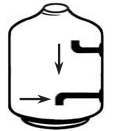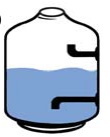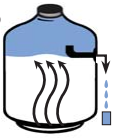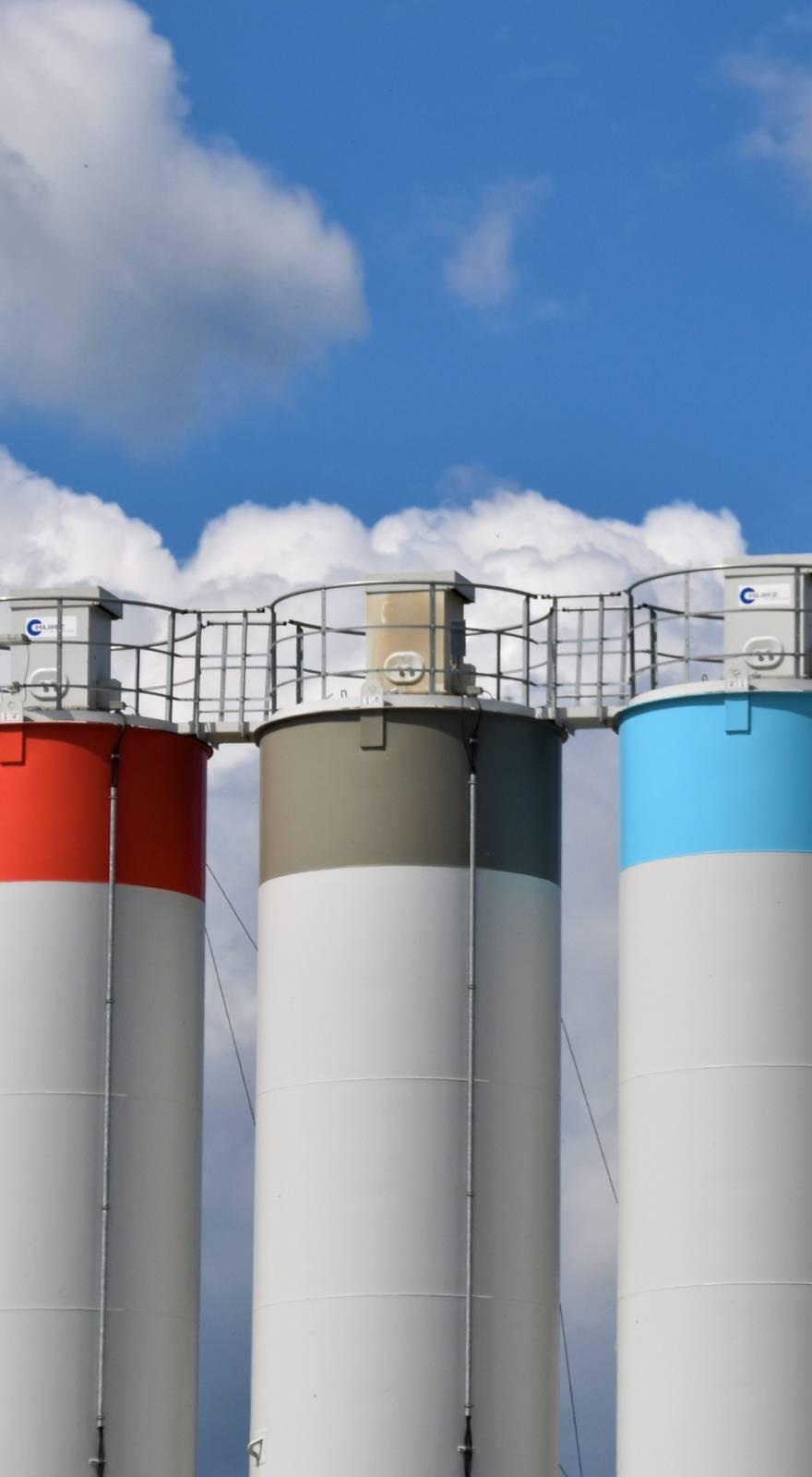Knowde Enhanced TDS
Identification & Functionality
- Carrier
- Chemical Family
- Chemical Name
- Industrial Additives Functions
- EC No.
- 687-562-6
- CAS No.
- 12173-10-3
- Technologies
Features & Benefits
- Industrial Additives Features
- Product Highlights
ZeoSand traps and holds ammonium ons (sand does neither). Less ammonia means fewer eye-burn- ing chloramines and reduces the need for chemical shocks (lowering chemical expense). The ammonia trapping qualities may require regeneration. ZeoSand functioning under normal conditions needs to be replaced about as often as sand. After filter use, ZeoSand may be added to your garden or potted plants as a soil conditioner or simply discarded as a non hazardous waste.
- Benefits
- Improves Clarity:
- DE - Like micron clarity
- Huge dirt trapping surface area
- Controls chloramines
- Reduces chemical shock treatment
- Traps ammonia
- Natural and safe
- Reduces water uses
- Increases time between backwashes
- Shortens backwashes
- Improves Clarity:
- What is Zeosand
ZeoSand is a high purity natural zeolite that has a unique three dimensional honeycomb structure. Natural zeolites were formed millions of years ago by alkaline salt water altering volcanic ash. ZeoSand is a clino type zeolite that has a huge surface area and a natural ammonium ion trapping capacity. The same natural zeolite in ZeoSand is also used as a soil amendment and feed additive.
- Why does Zeosand give Superior Clarity
The sandpaper rough surface has 1 to 15 micron pore spaces that trap smaller particles than sand; thus, water clarity is improved. A cubic foot of ZeoSand has the surface area of 100 football fields about 100 times greater than sand and over 200 times greater than glass. ZeoSand’s huge surface area holds more dirt than sand; therefore, the time between backwashes can be increased.
Applications & Uses
- Markets
- Applicable Processes
- Application Instruction
Backwash thoroughly before starting filter.
- Installation and Startup Instructions
- Empty filter and make any needed repairs

- Fill filter half way with water

- Slowly pour Zeosand into filter

- Close filter and backwash until backwash water is clear

- How Does ZeoSand Control Chloramines?
ZeoSand traps and holds ammonium ions through a molecular sieving or water softening action. Sand does not trap ammonium ions. Less ammonia means reduced eye-burning chloramines. Since chloramines are lower, chemical shock treatments are not needed as often. A twenty five pound bag of ZeoSand will trap about half a pound of ammonium ions.
- Application Rates
- Sand Replacement: 25-30 lbs. of ZeoSand replaces 50 lbs of sand.
- Quantity of Zeosand in Sand Filter: For filters less than 500 lbs., replace sand with 50% by weight of ZeoSand. Filters 500 lbs. and larger require a 60% replacement ratio.
Note: Glass replaces sand at a 80% replacement ratio by weight.
- Example:
- 300 lb. filter requires 50% or 150 lbs. of ZeoSand
- 500 lb. filter requires 60% or 300 lbs. of ZeoSand
-
Filling Sand Filters with ZeoSand:
-
Determine the amount of media required for your filter based on ZeoSand replacement ratios.
-
Empty filter and make any needed repairs.
-
Fill filter half-way with water.
-
Slowly pour ZeoSand into filter allowing all media granules to be moistened. Make sure no media enters lateral piping assembly.
-
Close filter and backwash until backwash water is clear.
-
Allow ZeoSand to settle for 5 minutes.
-
Backwash for an additional 2 minutes
-
-
Frequency of Replacement: Replace as frequently as sand
-
Refreshing Zeosand's Ammonium Trapping:
-
Drain filter
-
Refill with 10% salt water solution (any type of salt will work)
-
Let stand for minimum of 2 hours
-
Backwash to waste
-
- How Is ZeoSand Used?
To install, remove all of the sand from the filter and repair any damaged parts. Fill the filter half way with water and slowly pour the ZeoSand into the filter. Backwash until the backwash water is clear; this will take several minutes. Turn the filter off for two minutes and let the ZeoSand settle. Backwash for an additional two minutes and check to be sure the backwash water is clear. If the backwash water is clear, turn the multiport valve to filter and start the pump.
Regulatory & Compliance
- Certifications & Compliance
- Certification
Certified to NSF/ANSI Standards
Packaging & Availability
- packaging
Net Weight: 25 lbs. (11.3) Kg
Storage & Handling
- How Long Does ZeoSand Last?
Under normal conditions, ZeoSand will need to be replaced about as often as sand and glass. After filter use, ZeoSand may be added to your garden or potted plants as a soil conditioner. ZeoSand may be discarded as a non hazardous waste. See Zeo’s web site, www.zeoinc.com, for more information about ZeoSand and other natural zeolite products. After initial backwash your future backwashes will be shorter and your filter cycles longer thus saving you water and chemicals.

